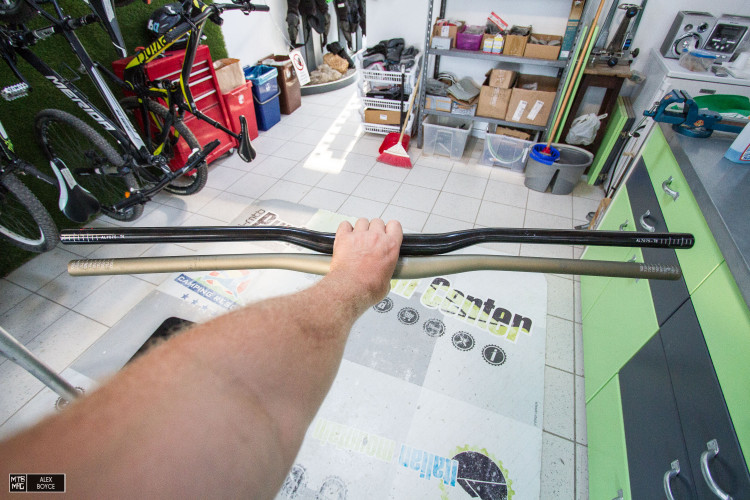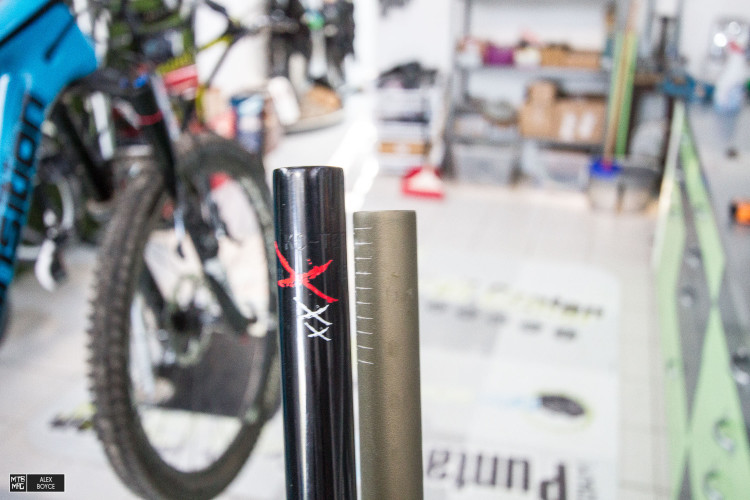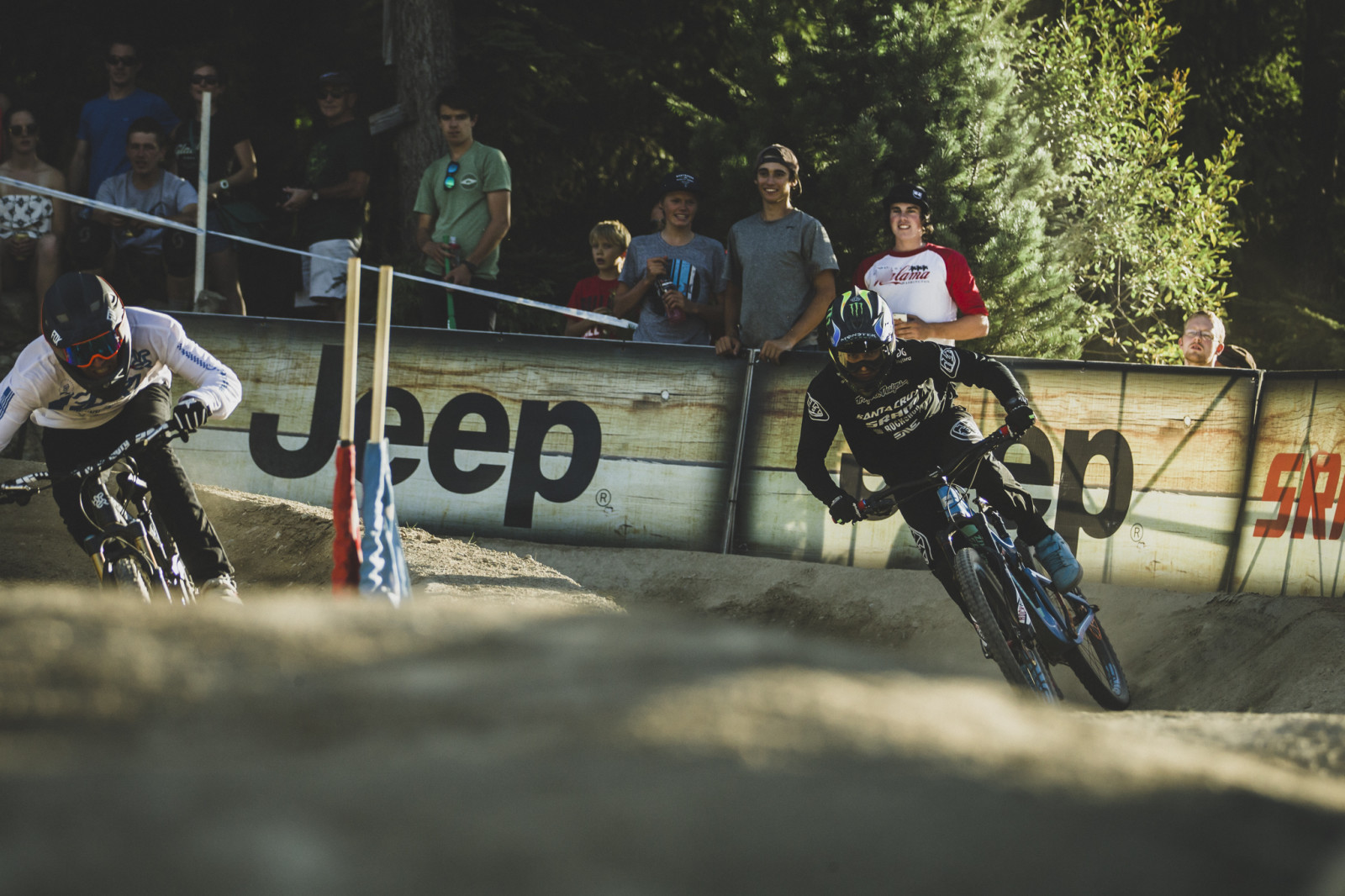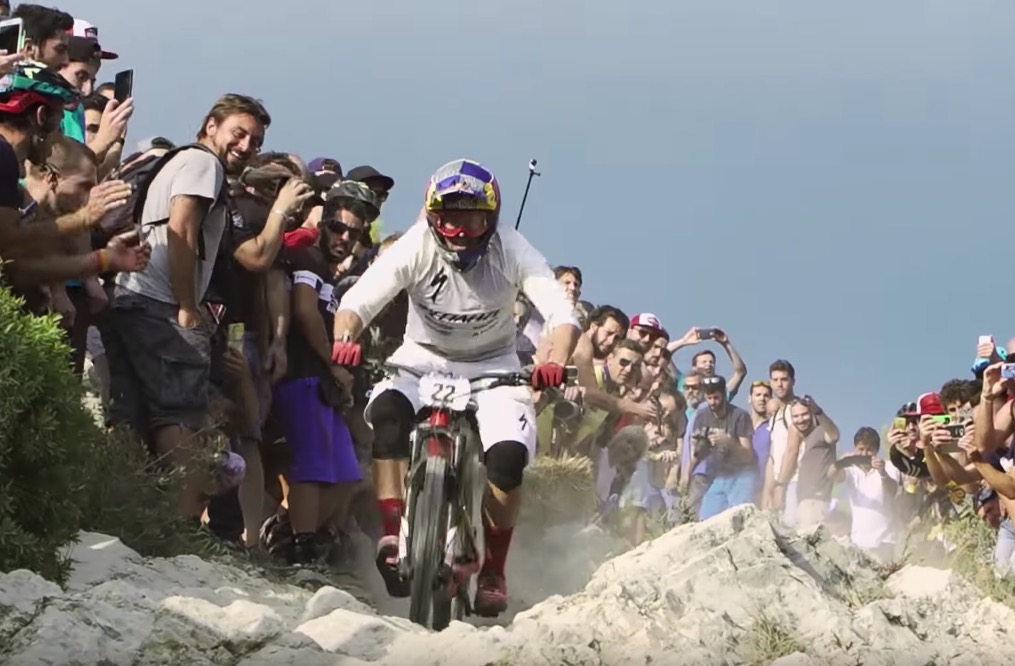[ad3]
Our first Enduro bike was an aluminum Santa Cruz Nomad back in 2011; it shipped with a 680 mm wide bar. When this Reverse Triple X bar, at a whopping 820mm wide, dropped into our lap we absolutely had to spend some time on it.
This desire for a wide bar was a clear consequence of our narrow bar birth into the Enduro world, we tend to obsess slightly about bar width on every bike we ride. So we installed it on our test bike and hit the more technical trails in Punta Ala to see what it was like.
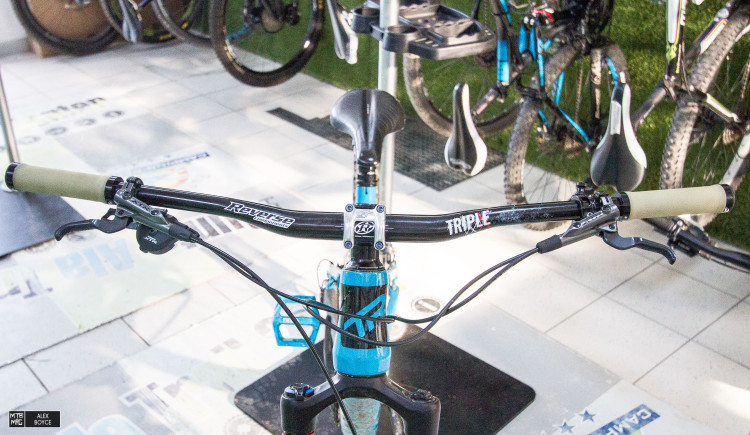
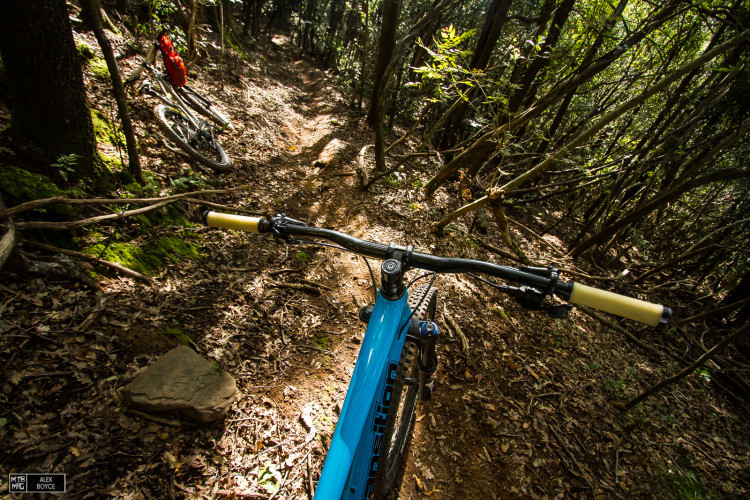
Specifications
Material: Aluminum 7075-T6 (triple butted)
Width: 820mm
9° back sweep
4° up sweep
Ø 31,8mm
Rise: 13mm
Weight: 330g
Price: €79,90
Fairly standard industry specifications, apart from the width, the weight is also a consequence of the added material needed to support the additional width. It’s also worth noting the Reverse components emphasizes their safety testing standards a lot in their literature.
Put the Reverse XXX next to a Renthal wide bar; you can see the Renthal Fat Bar at 800mm wide looks smaller.
About this longer much either side.
On The Trail
There is no doubt handlebars are one of the most important contact features on the bike after pedals, or is that the other way around? Lets be clear, good contact is fundamental for good riding input, so both are essential.
We tested the Reverse Triple X bar mainly for its massive width. Our test rider stands at 1.83m (5’11″1/2) and weighs 90 kilos. With fairly wide shoulders the extra width is noticeable but not excessively wide. The rise and back sweep is absolutely within our riding norms which meant our installed riding position felt ideal during bike setup.
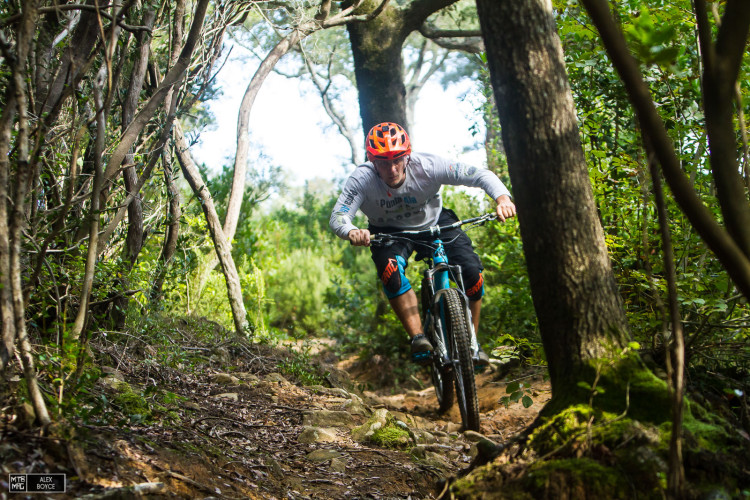
Hammering down the trail we were pretty surprised at how comfortable we felt, in fact the feeling of an exaggerated width disappeared very quickly. In rough choppy channels we were able to keep our body flatter and the bike under control more easily than with our “narrow” 800mm bar.
When getting to tight turns and continuous switch backs the extra width meant we were making errors on line entry less often than normal, with the wider bars we were smoother and likely faster.
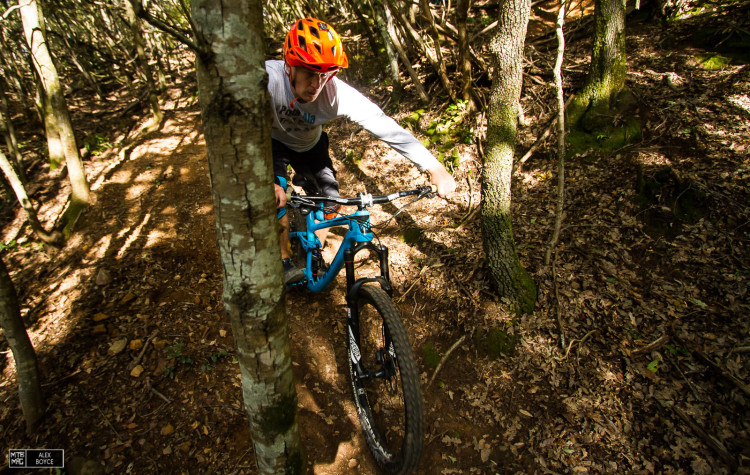
All is not that simple though, the trail crews in Punta Ala tend to keep the trails pretty wide, but with 820mm wide bars its sometime necessary to pay attention to clipping trees which normally don’t feature on the obstacle list to watch out for.
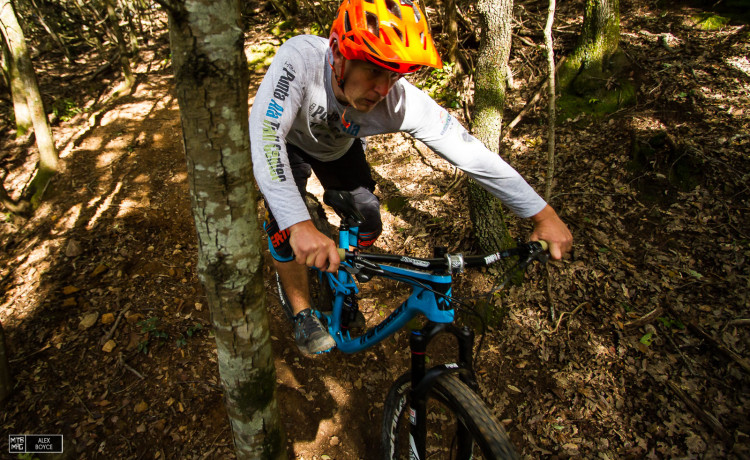
Interestingly we only had three occasions on a 3 km trail that we had to adapt to with the wider 820mm bar that normally didn’t cause an issue. This was a surprise considering the prophecies of doom from our riding buddies. We also noted something else, on the pedal up to the top of the trail we found the wide bar comfortable for our breathing as our chest is kept pretty open and we were sat up more than usual.
The Triple XXX’s vibration characteristics and other technical points felt pretty comparable to our previous bar, not as smooth as a carbon bar, but certainly we felt we had a solid well performing piece of kit in our hands.
Conclusion
Bar width is a personal preference, there is no law in the cycling bible that says how wide your bar should be. However we can say that if you are a big rider, having the option to go even wider than the semi industry standard 800 mm is an interesting one.
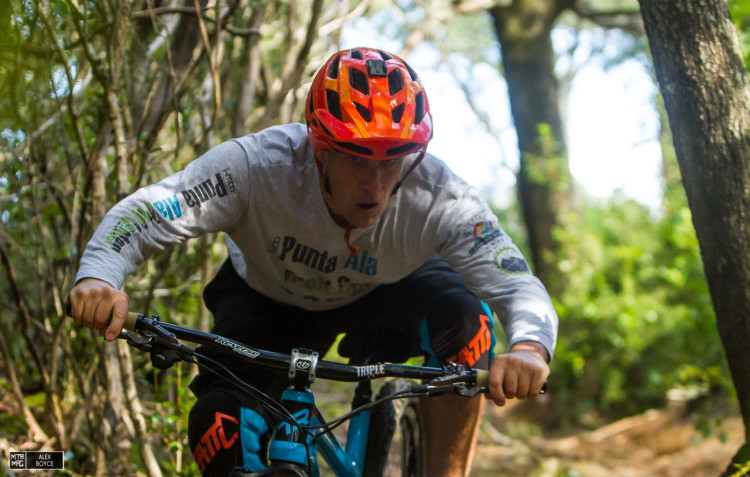
The extra control that we experienced with an 820mm width, especially when tired, gave us the ability to hold the Triple X bar a little more loosely. The steering speed was marginally faster but imperceptible in most situations. The extra leverage, i.e. the force needed to turn was noticeably less, plus the looser grip in our opinion gave rise to less lower arm fatigue.
The main negative side of such a wide bar is on narrow woodland trails, you are going to clip the bars a few more times on trees and bushes. However if you know your trails and ride them a lot, having one of these on your bike will eventually become a non-issue; unless you actually travel to unfamiliar riding locations often.
If you are a smaller statue rider then it might be a bit harder to justify the width, as it might take you past the comfort position. If you normally ride a 720mm bar jumping up to a 820mm bar is going to be a shock, if you ride an 800mm bar, it’s not going to be that much more of a jump. After this experience we are going to be keeping with the full 820mm width for a while longer.
Overall it seems to us that going as wide as you can is definitely a way to keep your riding comfortable and smooth, especially if the trails are very technical. Is it for everyone? No, but it is worth a try if you have the chance, wider than 820mm is probably in the realms of getting too wide even for bigger riders. The Reverse Triple X is a a good point to start from though and of course can be cut shorter if you want.
[ad45]


